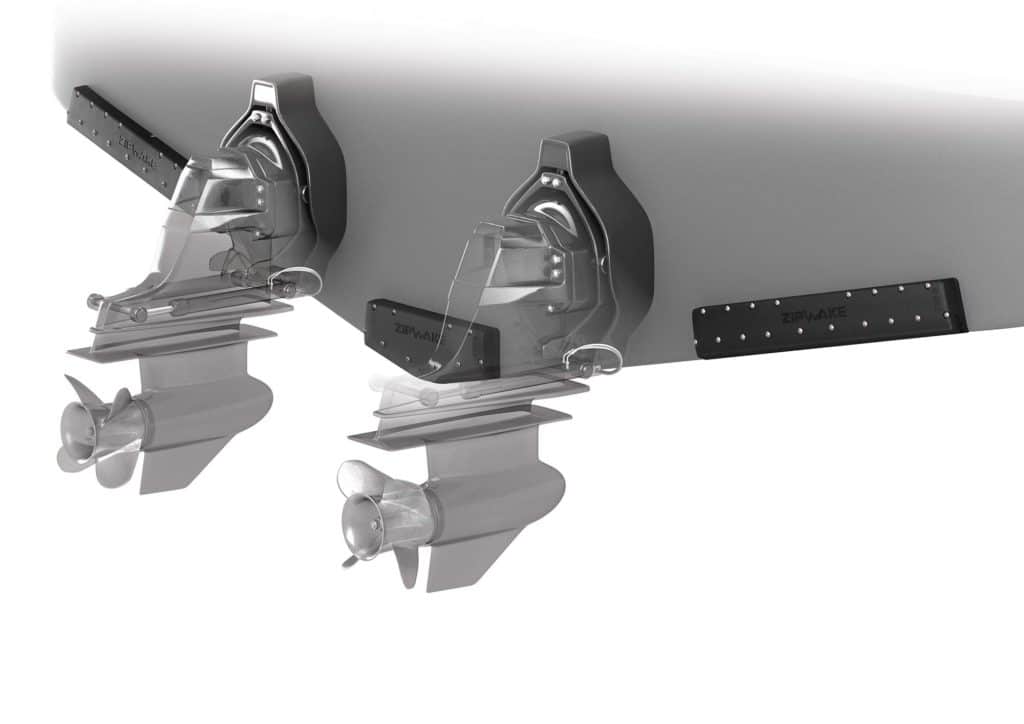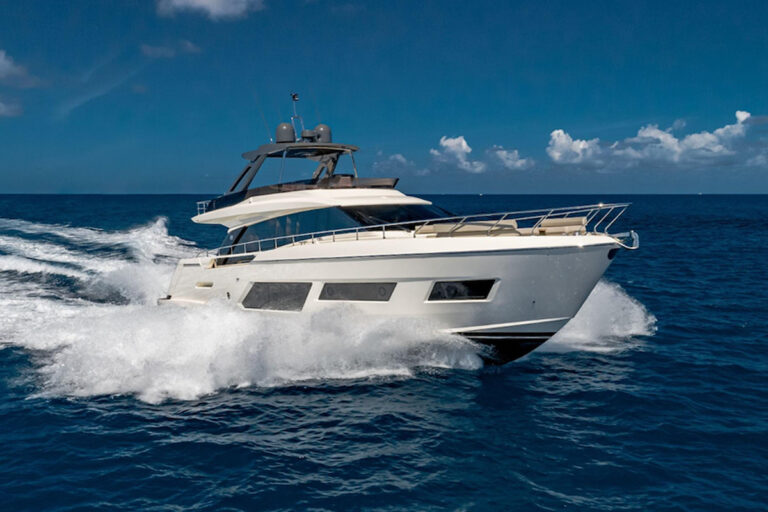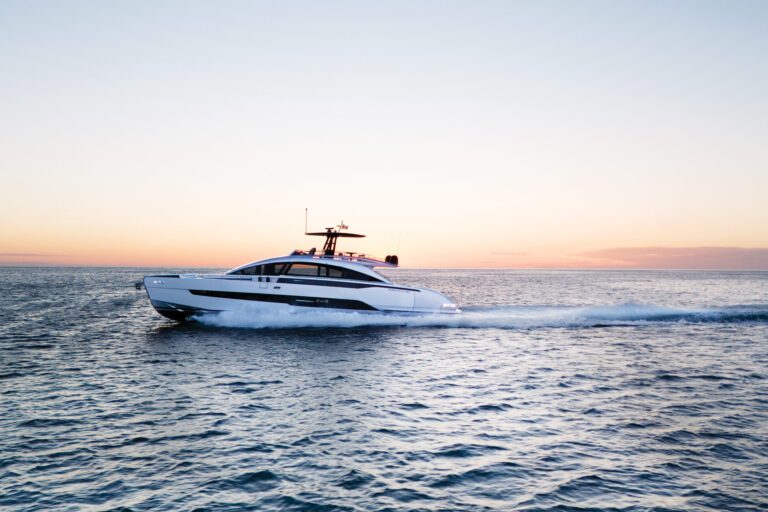
Nobody wants to see his vessel damaged and on the hard. I know that I didn’t after Hurricane Sandy hit New York in 2012. My boat was buried under two other boats. A sad moment, for sure, but the type of moment that can also become an opportunity to make a vessel better than new.
If that’s the situation you’re in after Irma or Harvey, check out these tips from Peter Kilgore, vice president of marketing at Imtra
1. Underwater Lighting
If you’re having hull work done, underwater lighting can add a lot of enjoyment and appeal to your yacht. Some anglers install underwater lights to attract a variety of fish. Other boaters sync up the lights to their favorite tunes for after-dark cockpit parties. There are surface-mount or through-hull options (the latter usually provides a more robust result, Kilgore says). And, as with interior LEDs, color options on underwater lights are even broader than a rainbow.

2. Outlets
Installing new outlets seems like a simple thing to do, but there are many modern styles to choose from, and you can add outlets with USB ports for charging must-have smart devices, tablets and the like.
3. Thrusters
If your yacht had hull damage or her thrusters got wrecked, maybe it’s time to consider a proportional thruster. A proportional thruster, like those from Side-Power, offers incremental thrust and therefore better control around the docks. It also allows longer run time and is usually a little quieter than a traditional, all-or-nothing thruster.
4. LEDs
If water got into your yacht’s cracks and crevices, the boat may require a complete wiring redo. That can be a good time to think about LED lighting, especially if your vessel has older-generation halogen. The benefits of modern LED lighting are well-documented: reduced power draw, longer life, dimming capabilities, customizable colors and varying degrees of warmth, to name a few.
5. Trim Tabs
They can get hung up and tear off, either in part or entirely. I’ve seen this happen. It’s an opportunity to move to an interceptor-like system, such as Zipwake. Unlike traditional trim tabs, Kilgore says, an interceptor system offers pitch and roll control, increasing overall stability as well as helping with the vessel’s time to plane.





